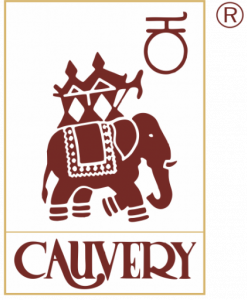Mysore Traditional Paintings
With its historical traces found in the Ajanta and Badami Caves, the Mysore Traditional Painting owes its firm foundation to Sri KrishnarajaWodeyar III (1578-1617 AD) under whose regime the art form received fame and patronage. Inspired heavily from epics and mythical lore, the painting is usually carried out on paper, cloth or wood, besides water and vegetable colours are used. A special relief work called ‘Gesso’ is used beneath the pure gold leaf which enhances the grandeur of Mysore Traditional Painting. A stark contrast from the other forms of paintings are the use of delicate lines, the graceful delineation of figures and discrete use of bright colours and lustrous gold that make the Mysore Traditional painting far more attractive, elegant and delicate. Semi-Precious stones are not used in Mysore Traditional Paintings. The thrust is on mythological themes such as Ramayana, BhagavataPurana, Mahabharata, Devi Mahatmyam and Vishnu Dharmottarapurana as these provide rich source of narration, etc., regarding Gods and Goddesses although in recent times social themes are also adapted for this style.




